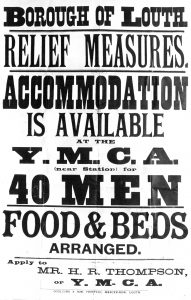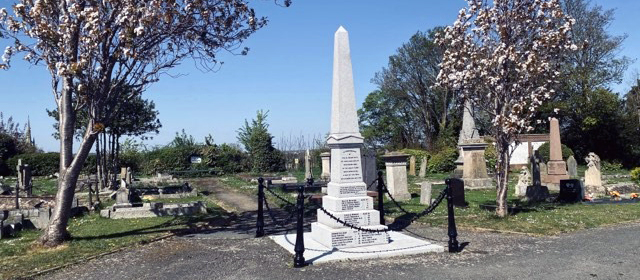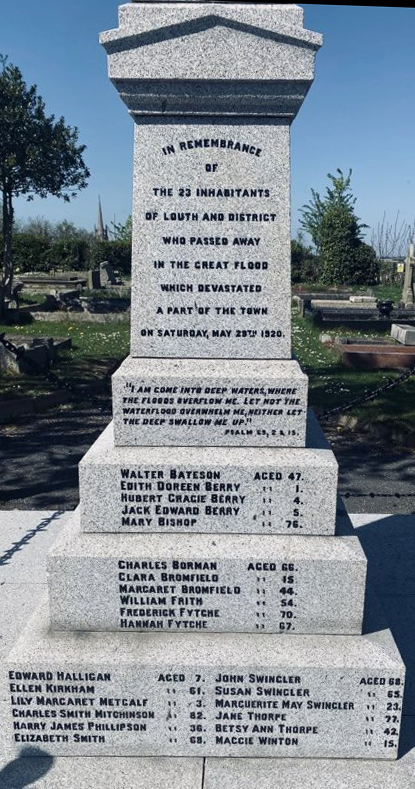The Great Flood of Louth - 1920
23 people died - 50 houses destroyed - 800 people homeless
Saturday 29th May 1920, a day now forever remembered in Louth’s history books, the day when disaster befell the town and people of Louth, the day when a monumental amount of rain fell from the clouds in a swirling thick grey mist alongside vivid flashes of lightning.
The downpour deposited over four and a half inches of water within the 22 square miles catchment area of the River Lud to the west of Louth. Twelve million tons of water fell in less than three hours and eight million tons of water poured off the Wolds converging via tributaries on Louth, which stood in its path…
The beginning of this rare event, known as a Cloud Burst, was first felt in the Louth at 4.30pm when the edge of the storm touched the town. The sky was dark and heavy as the rain began. At Little Welton the river had not been maintained properly, rubbish and debris had been allowed to accumulate and formed a natural dam, and at 5pm it could no longer hold back the 30 foot deep channel of muddy water filling the valley upstream of it. It gave way and a towering wall of water some 14 feet high swept towards the town. The destructive wave swept through Hubbard’s Hills hit the road bridge at Westgate, which was also blocked with debris, flung coping stones 20 feet into the air and demolished part of the house at Westgate Mill before rushing on in a 50 yard wide swathe straight through the town, where from Bridge Street to Eve Street the river channel was narrow and almost entirely enclosed by buildings.
By 5.15pm the surge had reached Eve Street where it poured over the bridge and forced its way into James Street. Residents ran for their lives as the river engulfed everything before it and carried many to their deaths. Further on Wellington Street was spared the main rush of water, but tree trunks from the local woodyard jammed the road as the water receded.
It was at the junction of James Street and Ramsgate that the greatest loss of life ocurred. It was now 5.20pm and the river, constricted by a winding culvert, could not be contained and joined forces with the water from James Street onto Ramsgate. Unfortunately, the way was blocked by two wrecked horse vans and the water was diverted in two directions: down Eastgate, almost reaching Trinity Church and down Ramsgate Road where it poured into the Canal basin at Riverhead and tore barges from their moorings, piling them up against the first lock.
By 5.30pm the rain had ceased. The remnants of the storm had drifted away and by 6.30pm the water levels began to fall.
The Flood Street by Street

1 Bridge Street The torrent of water partly demolished the bridge and swept cars from Hunt & Walter’s garage. The water level in Bridge Street House was 6ft 1 inch above floor level.
2 Enginegate The water made a tremendous noise as it rushed through Enginegate, the Fire Station collapsed and a fireman was swept away. Next door at the girls’ school, the water level rose to 12ft.
3 Eve Street At 5:15pm boys by Eve Street Bridge ran for their lives as the water gushed over the bridge and forced its way down James Street instead of following the normal course of the Lud.
4 James Street In James Street the water rushed down the road engulfing people along the way, met up with the water in the river at the sawmill, and then continued along the road towards Ramsgate.
5 Wellington Street Because Wellington Street is at right angles to James Street it was spared much of the devastation, but as the water eddied away it was jammed with 20ft tree trunks from the woodyard.
6 Ramsgate As the river burst from James Street into Ramsgate, three houses on the eastern side of the road collapsed. It was here that the greatest loss of life occurred.
7 Eastgate The water held back by the railway embankment extended the flood across to the arch and the water gushed through onto Eastgate almost up to Trinity Church.
8 Riverhead Road The section of the river from Ramsgate Road was blocked by the wreckage of two horse vans, the floodwater escaped along Riverhead Road into the Canal basin where it tore barges from their moorings.
Canvas Town - Built off High Holme Road
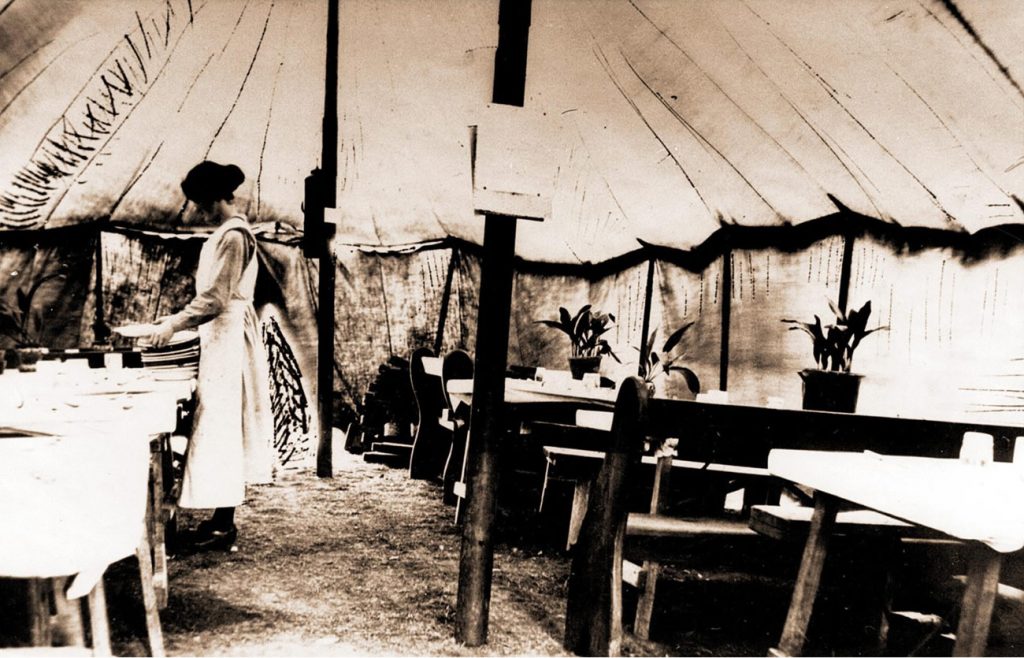
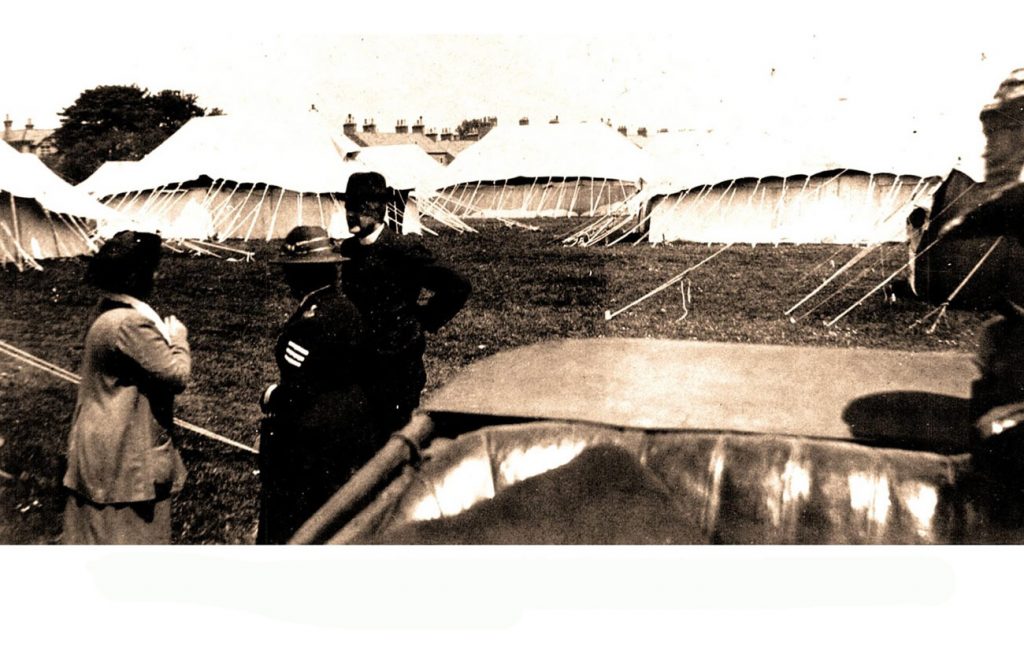
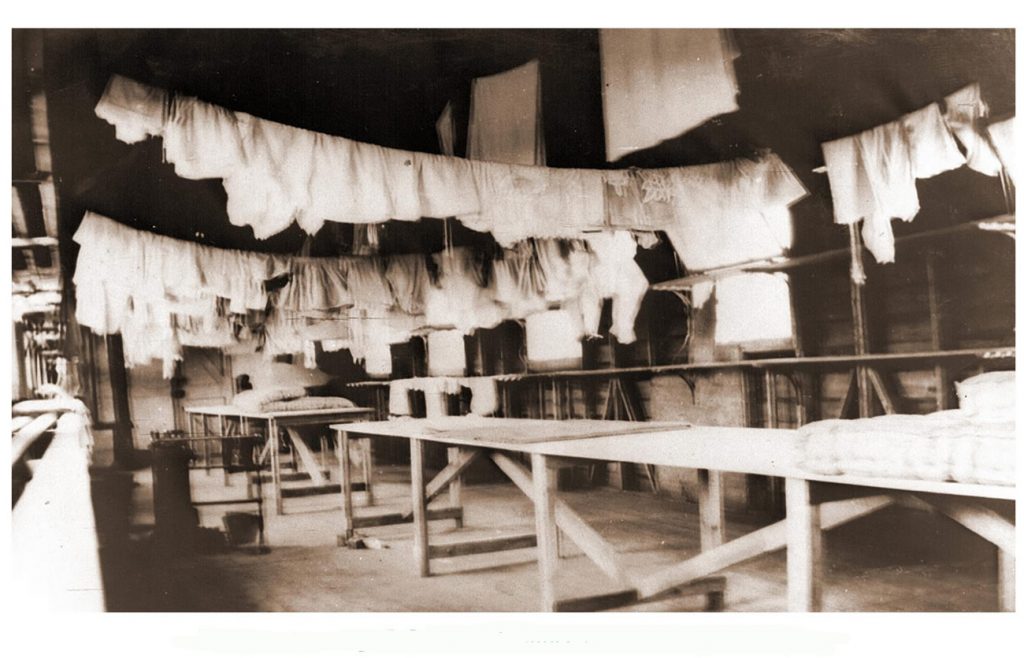
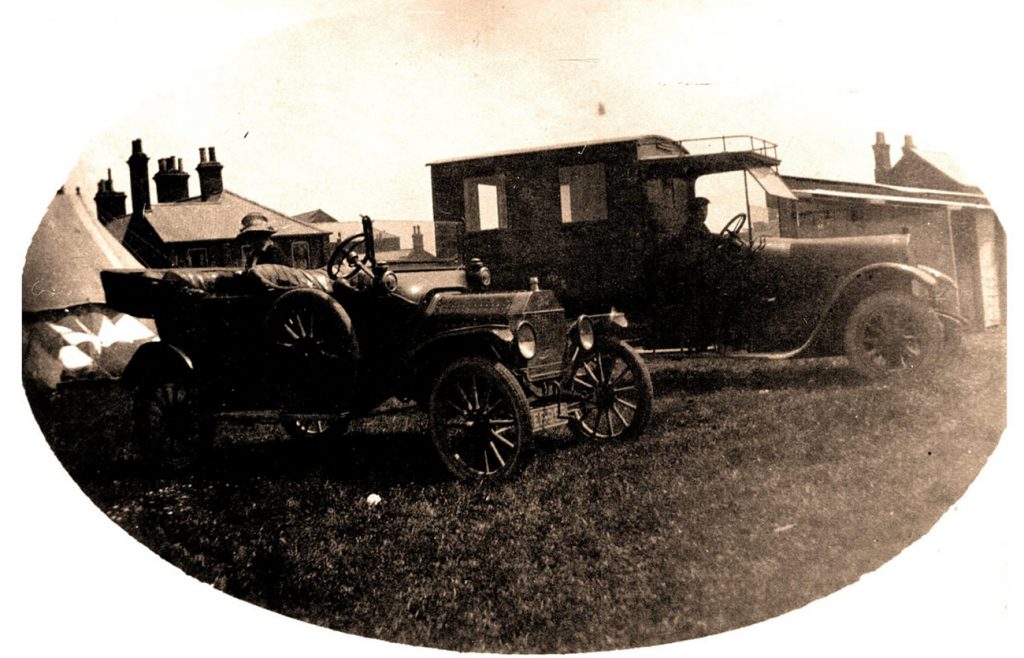

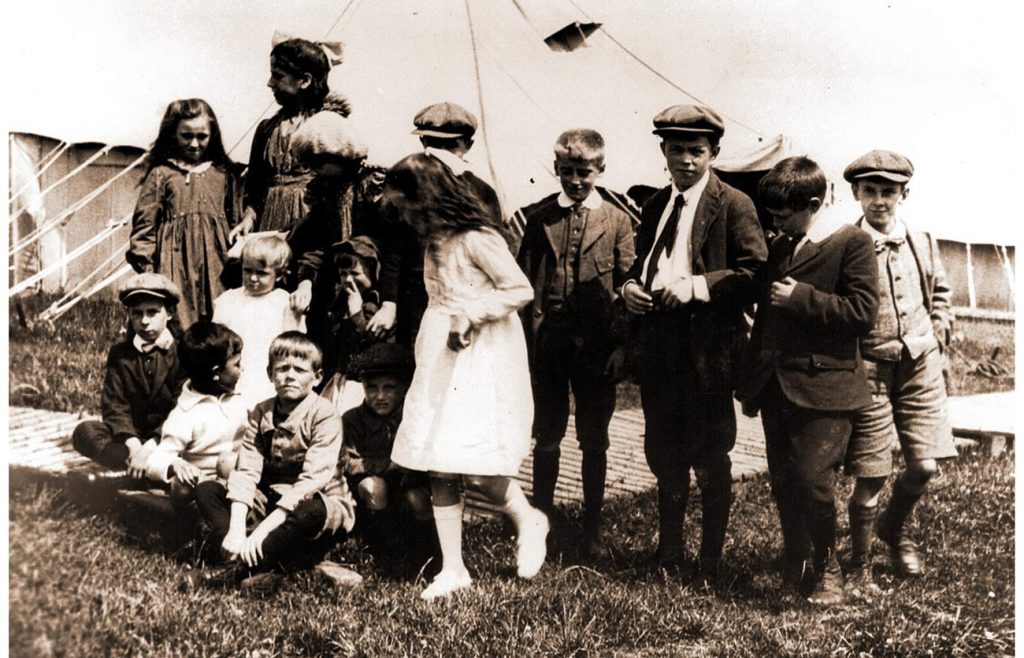
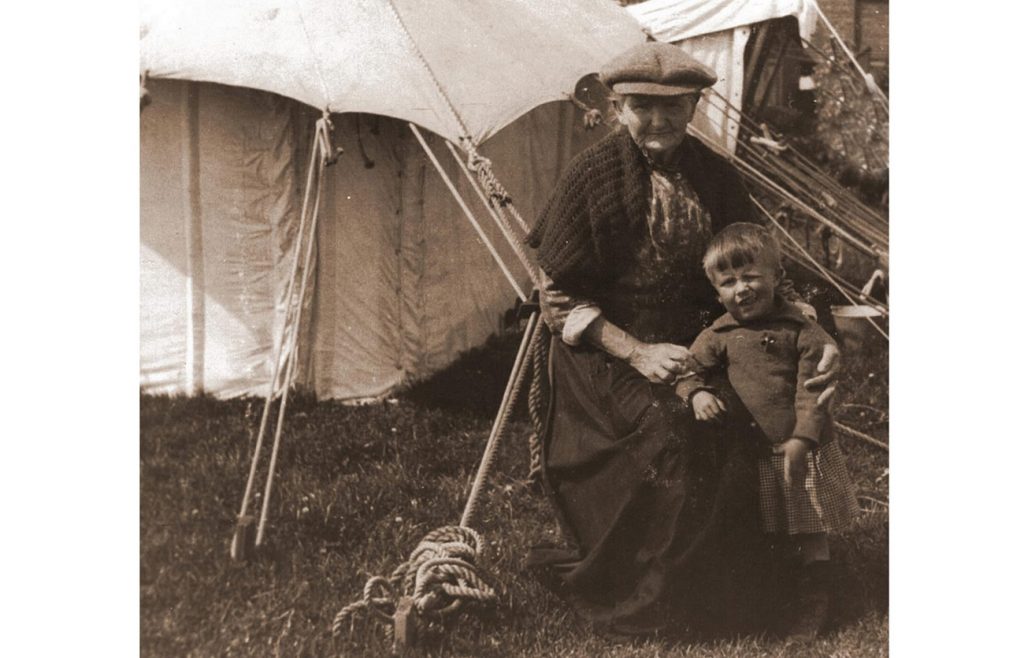
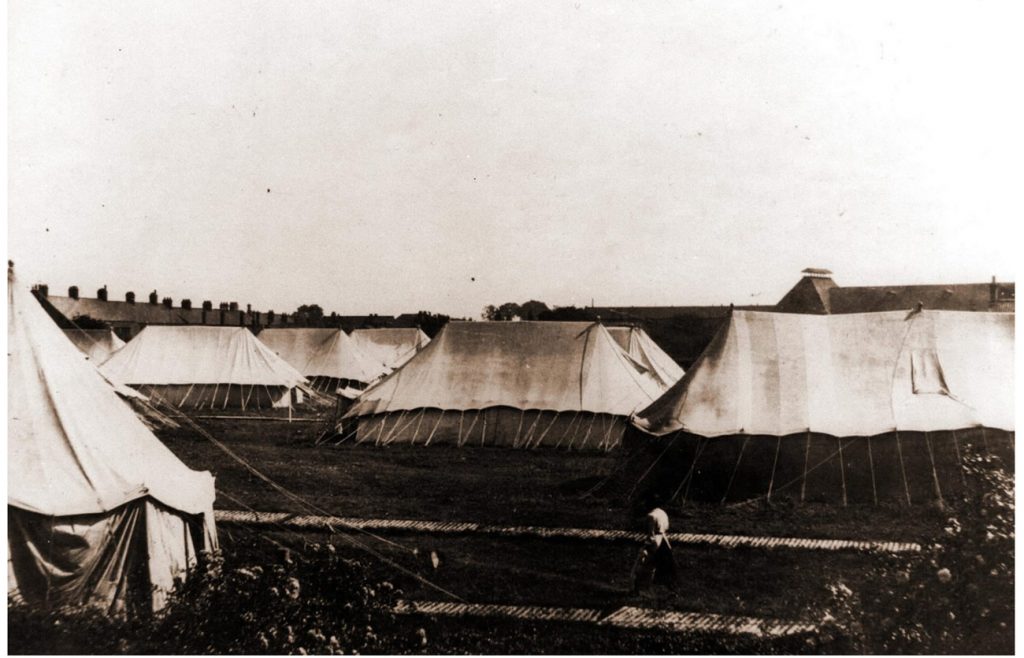
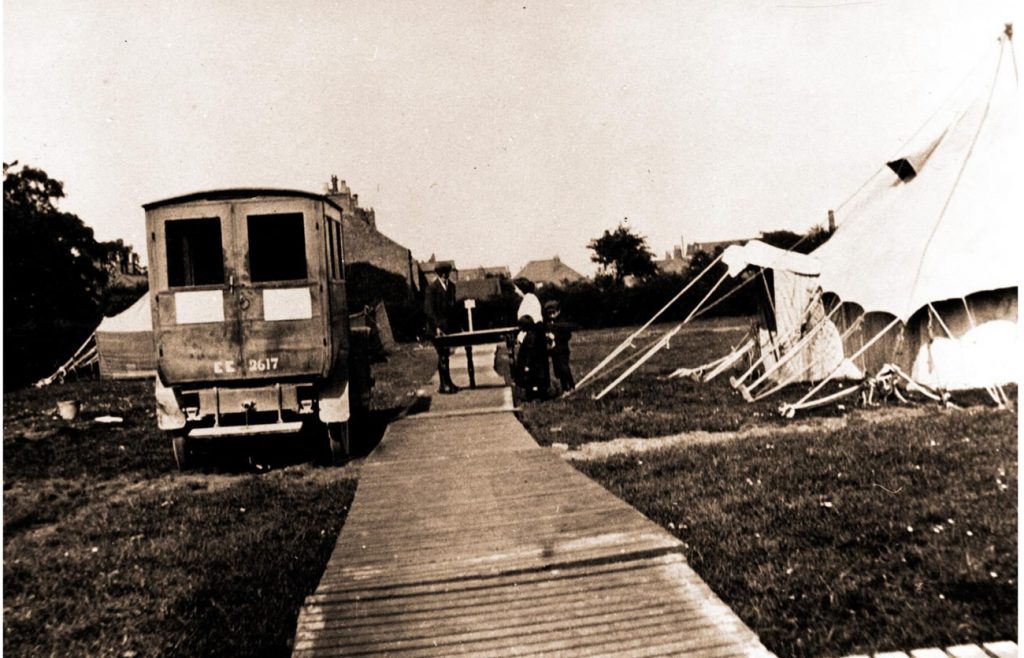
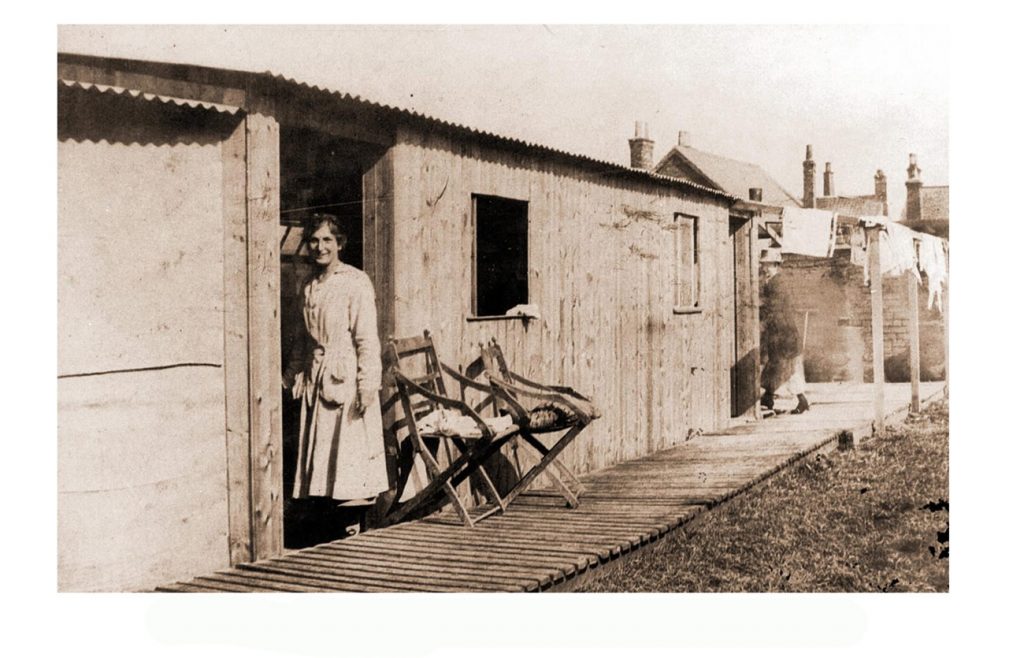
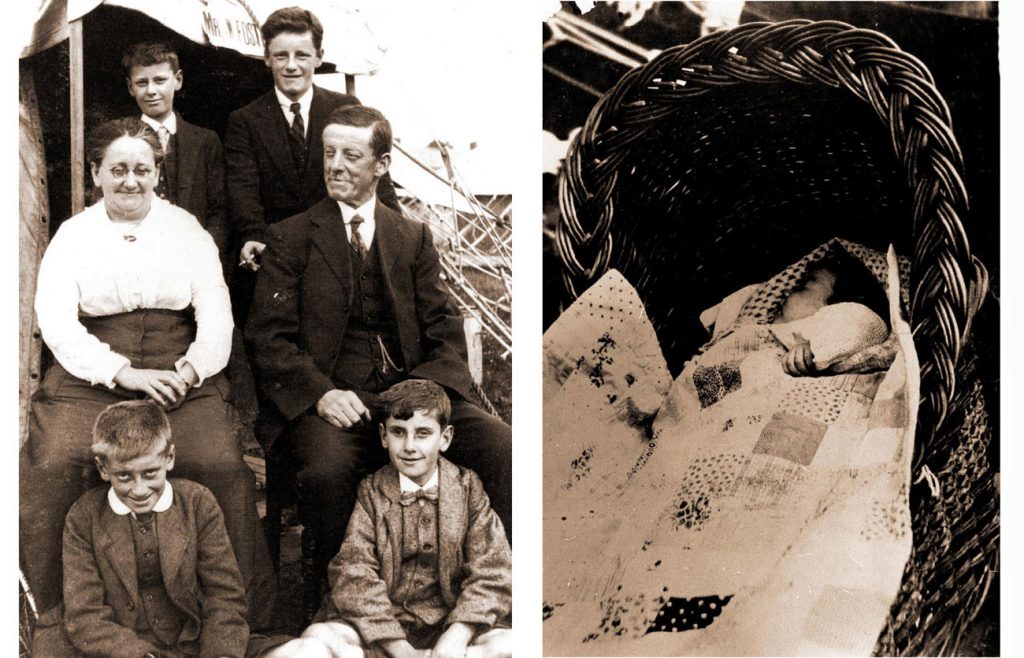
In the Wake of the Flash Flood...
23 people had died – 1 baby was born (Frances Kirman) – 50 houses were destroyed beyond repair – 250 houses needed to be rebuilt – 500 houses had flood damage – 800 people were homeless – 380 families had to be helped in the relief effort – There were dead dogs, sheep, pigs and poultry – Trees, bushes, timber, vehicles and furniture were destroyed – A coating of foul-smelling brown and yellow mud was left everywhere.
The Mayor of Louth launched a relief fund and £90,000 (about £4.5 million today) was raised, contributions came from all over England.
Relief was quickly organised with the Town Hall, Workhouse, Hospital (Crowtree Lane) and other public buildings being used to house the homeless.
The Congregational Schoolroom in Cannon Street became the distribution point for clothing donated in the town along with toys for children who had lost everything.
A special fund was set up by the Midland Federation of Building Trader Employees for those builders of the town who had themselves lost much of their materials and equipment in the flood.The Fire Brigade helped with the washing down and cleaning process.
Gas supplies were disrupted. All water had to boiled before drinking. Tents were set up on High Holme Road to initially accommodate 30 families. This became known as ‘Canvas Town’, ‘Hawthorn Village’ or the ‘Royal Oak Colony’. These tents were later replaced by 60 wooden huts, ‘Hut Town’, which were finally taken down in 1930 to make way for High Holme Crescent.
Remembering Those Who Died
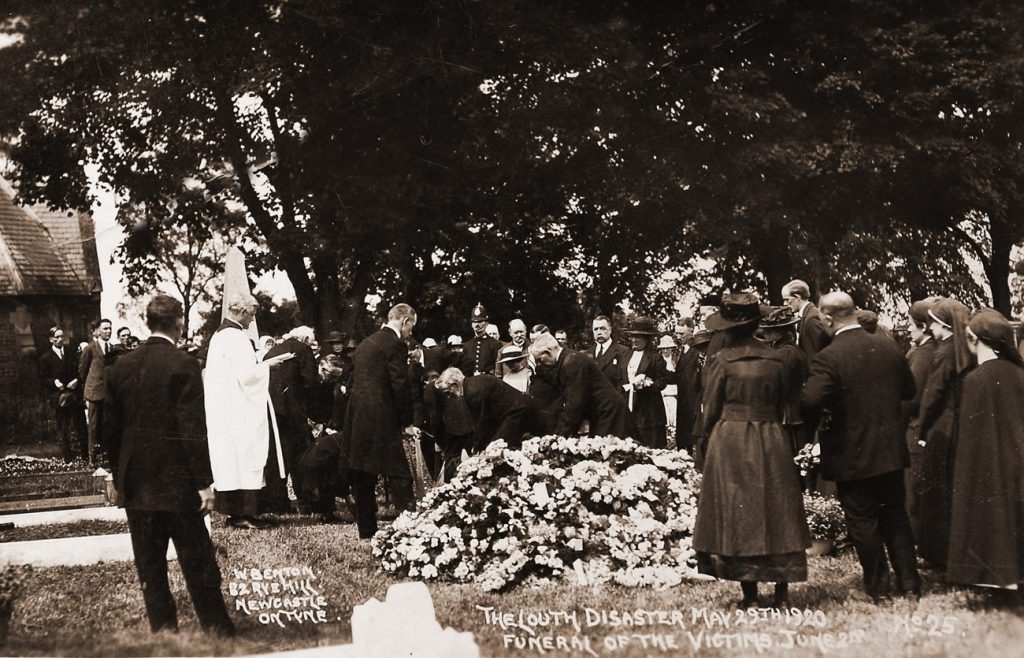
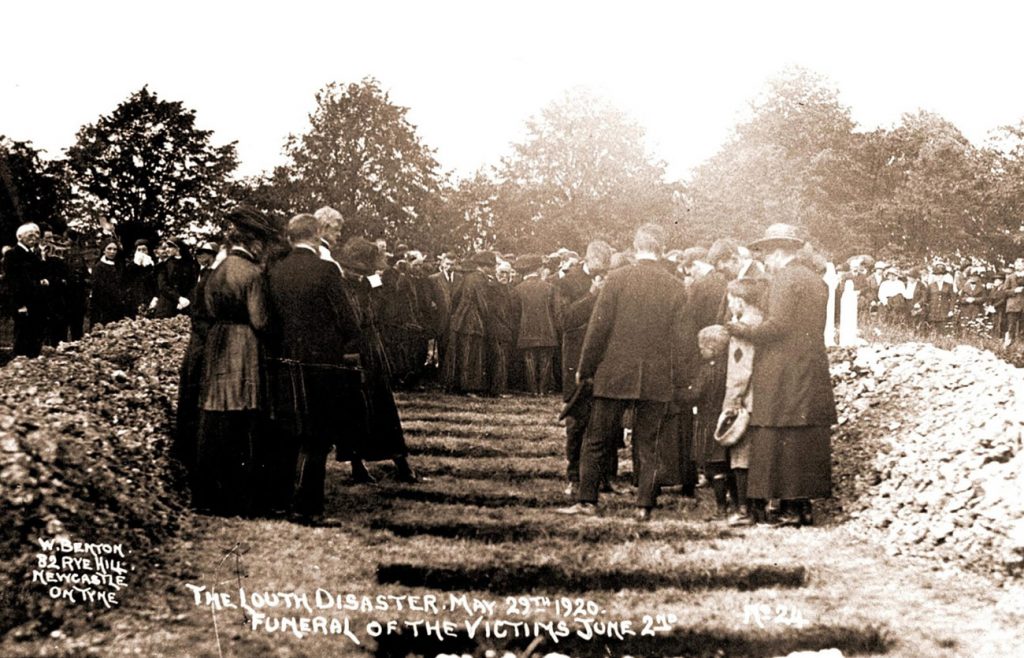
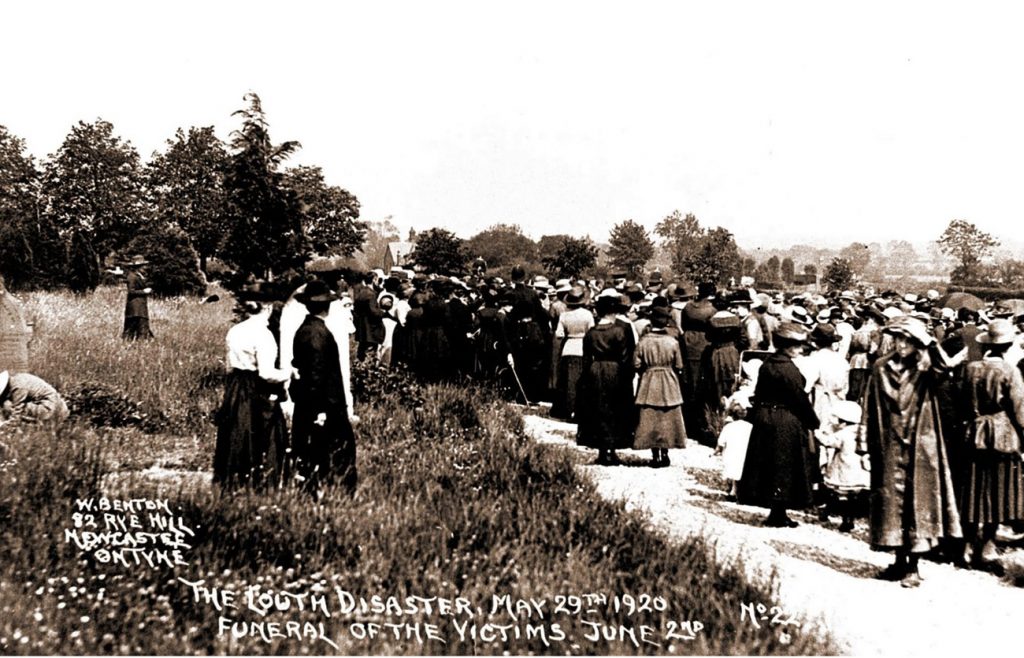
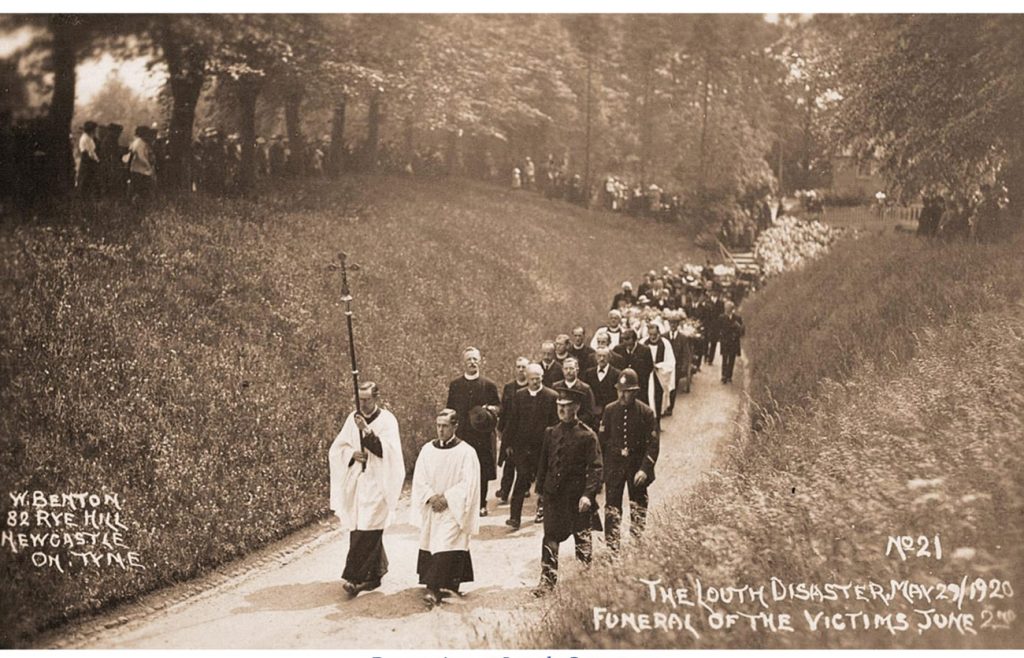
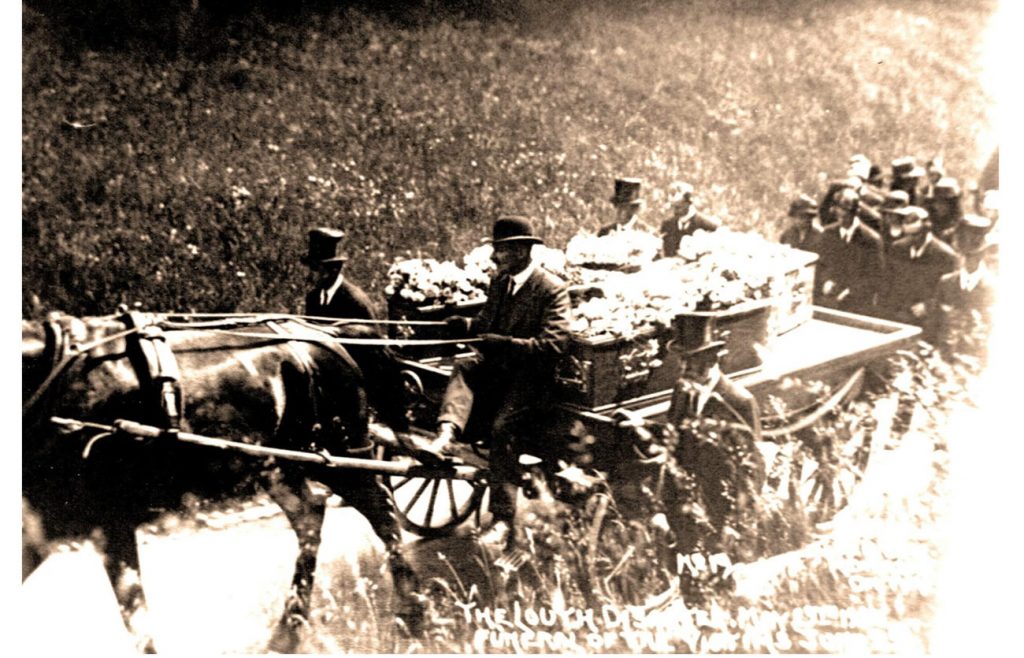
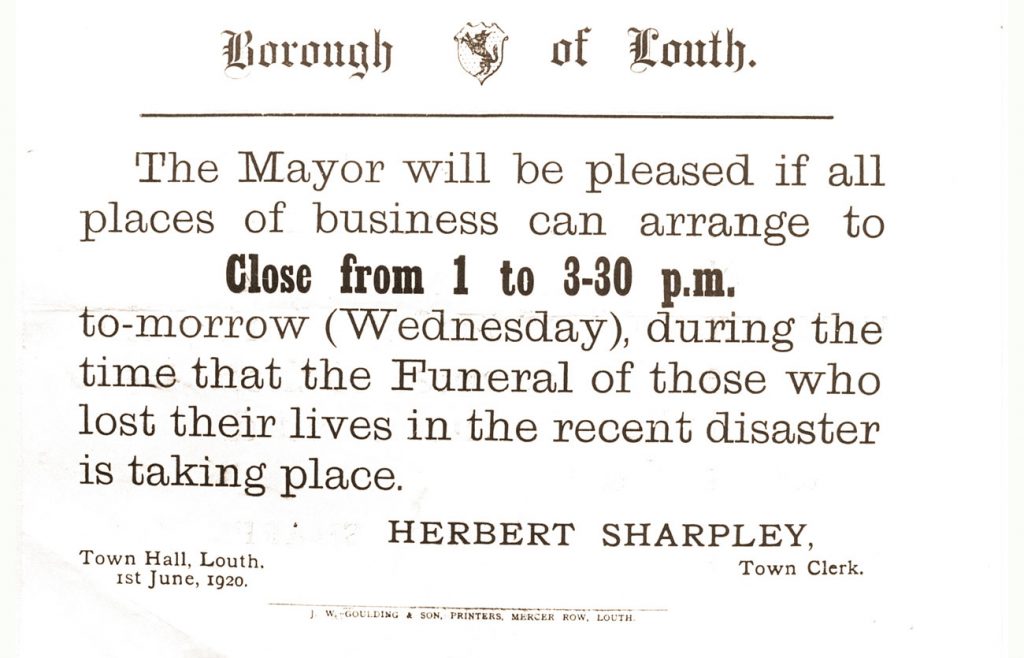
Many of those who died were buried in the London Road Cemetery in Louth on the first two days of June. The Mayor asked that businesses in the town should close between 1pm and 3:30pm on Wednesday 2nd June whilst the funerals took place.
Walter Bateson aged 47
Edith Doreen Berry aged 1
Hubert Gracie Berry aged 4
Jack Edward Berry aged 5
Mary Bishop aged 76
Charles Borman aged 66
Clara Bromfield aged 15
Margaret Bromfield aged 44
William Frith aged 54
Frederick Fytche aged 70
Hannah Fytche aged 67 – buried 22nd June 1920 at Louth
Edward Halligan aged 7
Ellen Kirkham aged 61
Lily Margaret Metcalf aged 3 – buried at Grimsby
Charles Thorn Smith Mitchinson aged 82
Harry James Phillipson aged 36 – buried at Grimsby
Elizabeth Smith aged 68
John Swingler aged 68
Marguerite May Swingler aged 23
Susan Swingler aged 65
Betsy Ann Thorpe aged 42
Jane Thorpe aged 77
Maggie Winton aged 15
This page has been written with the great help and resources of the volunteers at the Louth Museum. The video below was created by Louth Museum, and the photos supplied to Louth Town Council with grateful thanks.

